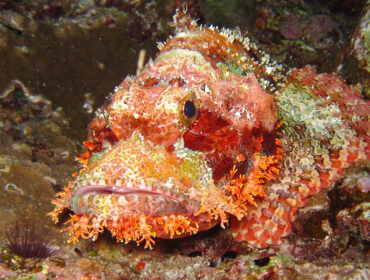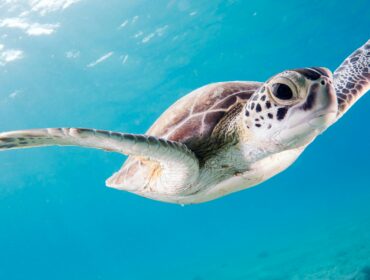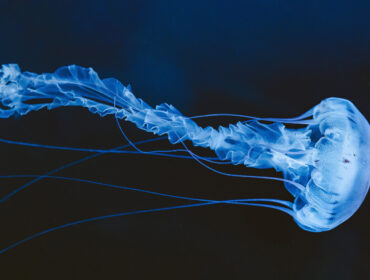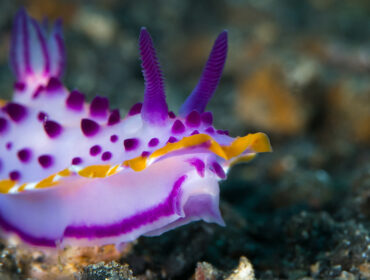Echinoderms are members of the phylum Echinodermata, which means “spiny skin ” in Greek. This group of marine animals lives only in salt water and includes sea lilies, brittle stars, sea cucumbers, sand dollars, sea urchins, and starfish.
Though not all echinoderms have spiny skin, in most cases, it does have a very rough texture, and some species also wield toxic spines as a defense mechanism. These complex invertebrates possess many distinctive features, but here are five cool facts about echinoderms that we think you’ll find fascinating.
Echinoderms All Feature Radial Symmetry
An adult echinoderm has a body of equal sections, usually five or a multiple of five, that surround a central point. In starfish and brittle stars, each section is an arm-like appendage that points away from the center like a wheel spoke. Often, each body section houses a duplicate set of internal organs.
An Echinoderm Can Regenerate Its Body Parts
Echinoderms possess the remarkable ability to regrow lost limbs or other body parts, even internal organs. When attacked, many will gradually regenerate a damaged or severed limb after the wound has closed up. Also, some species can use regeneration to reproduce by deliberately breaking themselves apart, after which each piece will grow into a whole new organism.
Echinoderms Don’t Have Blood
Without blood or a heart, an echinoderm utilizes a water vascular system to carry oxygen to its vital organs. After drawing seawater into its tubular feet, the tubes squeeze oxygenated water through the rest of its body. This system is also used for movement, by which the expansion and contraction of their tube feet allow echinoderms to grasp surfaces and prey items.
Some Echinoderms Feed By Ejecting Their Stomachs
Starfish, in particular, will digest prey by extruding their stomachs through their mouths. Many species favor shellfish especially, using their tube feet to grip and pry open the shell. The starfish then ejects its stomach into the shell, which secretes digestive juices to dissolve the contents before sucking it back up into its body along with its liquefied meal.
Echinoderms Have No Eyes
One of the most astonishing facts about echinoderms is that they don’t have a brain, only a rudimentary nerve network. However, many starfish do possess light-sensitive organs on their arms. Called “eyespots,” these simple organs provide no detailed images but can sense varying degrees of light, allowing the starfish to seemingly have some idea of where it’s going.




